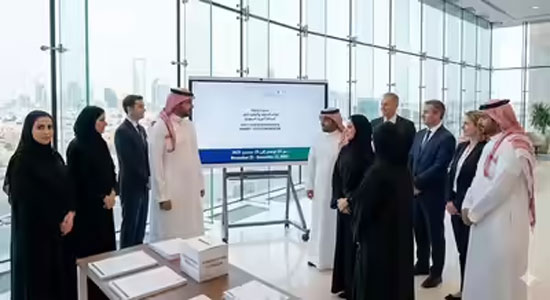Daijiworld Media Network - Riyadh
Riyadh, Nov 27: Saudi ArabiaŌĆÖs Ministry of Human Resources and Social Development (HRSD) has unveiled a draft Code of Appearance and Conduct that would standardize workplace attire across the public, private, and non-profit sectors. The proposalŌĆöcurrently open for public feedbackŌĆöaims to strengthen national identity, elevate professional decorum, and bring greater uniformity to office environments throughout the Kingdom.
Under the draft guidelines, Saudi men would be required to wear the traditional national dress: the thawb along with the ghutra or shemagh, making cultural heritage a visible element of daily professional life. Non-Saudi male employees, meanwhile, must adhere to a strict formal suit dress code, eliminating the ambiguity around business casual attire for expatriate staff.

For female employees, both Saudi and non-Saudi, the rules specify modest, fully covering clothing that is neither tight nor transparent. The standards apply not only to workplace settings but also to official events and media engagements, reinforcing expectations of professionalism and public decency across all contexts.
Beyond clothing, the proposed code sets broader expectations for professional behavior. It stresses personal hygiene, respectful conduct, and bans attire or accessories displaying political, ideological, or offensive imagery.
The draft also places responsibility on employers: all companies must create and visibly display a detailed internal dress code aligned with HRSDŌĆÖs regulations. Failure to implement or enforce these rules could result in penalties, with fines under Saudi labor law historically reaching up to SR 5,000.
As public consultations continue, the final version of the code may evolve. However, the direction is clearŌĆöSaudi Arabia is moving toward a more structured, identity-driven, and consistent professional appearance across its workforce, marking a significant shift for organisations and employees adapting to the new standards.
┬Ā